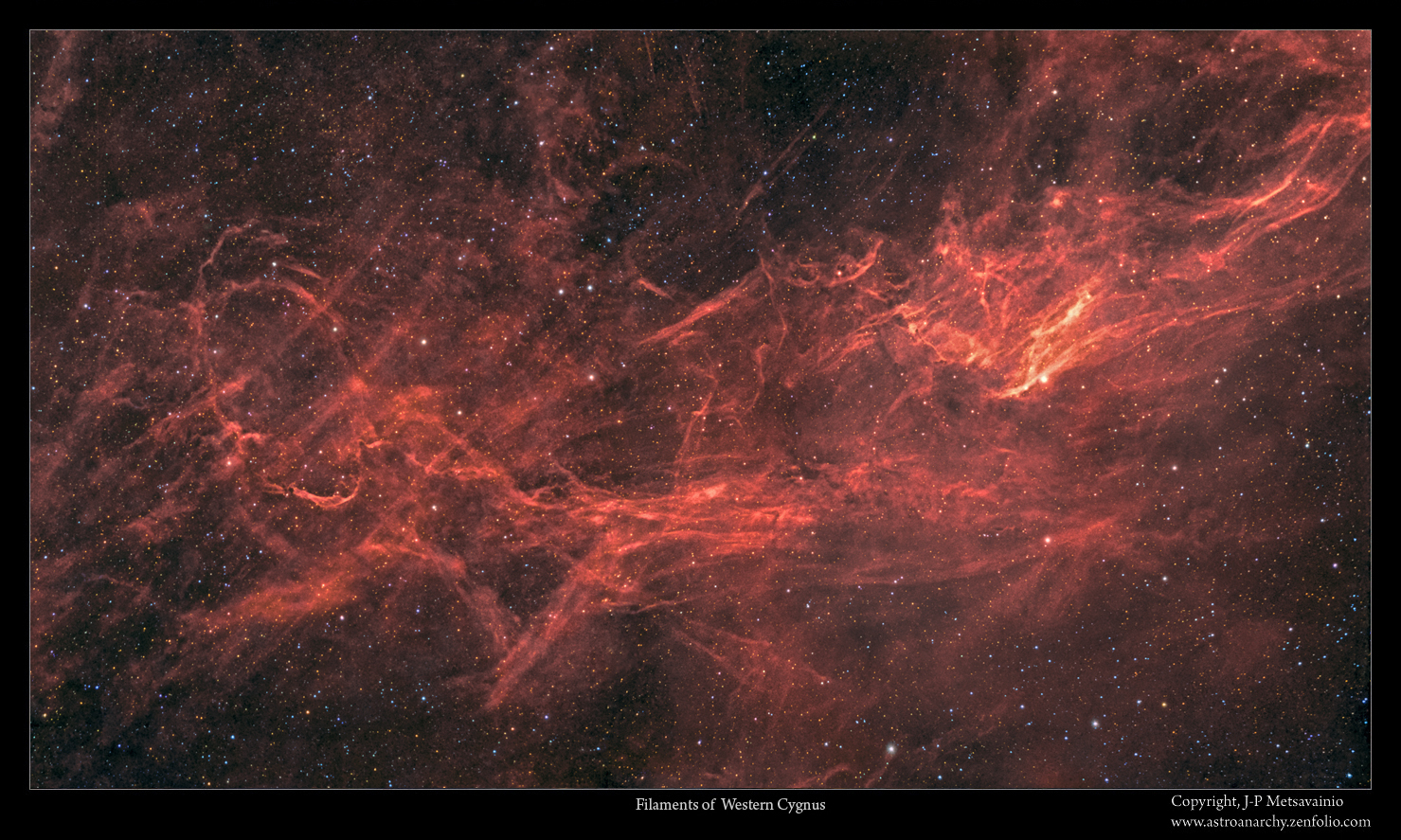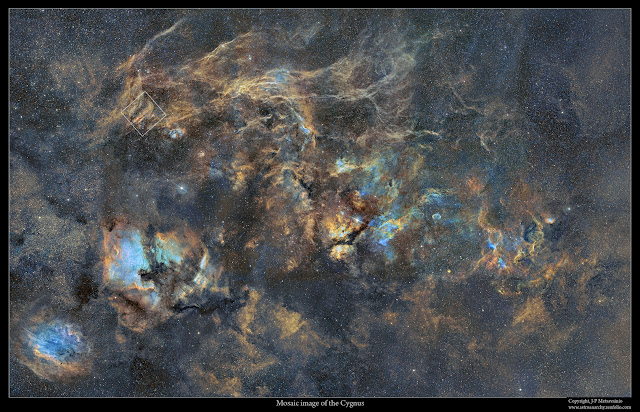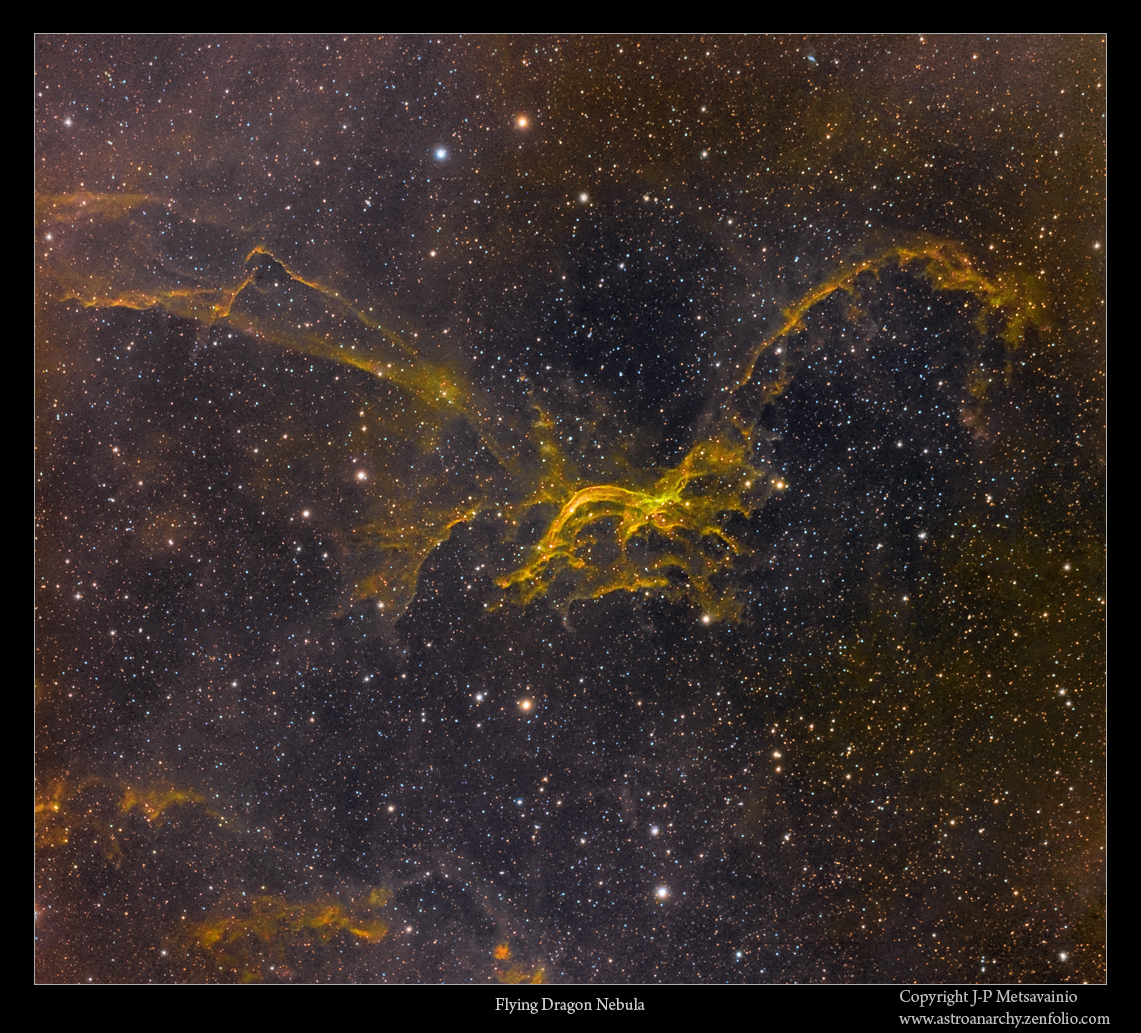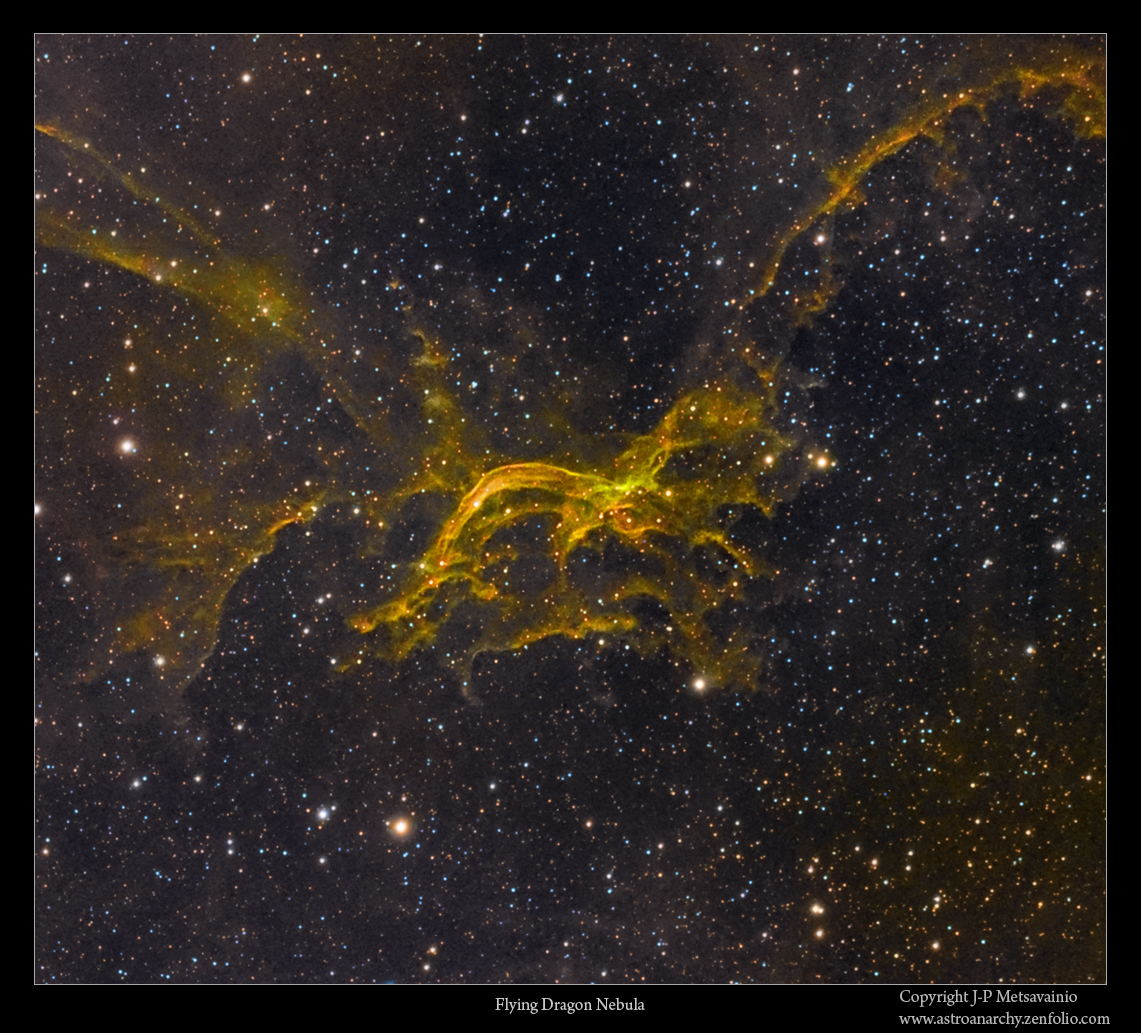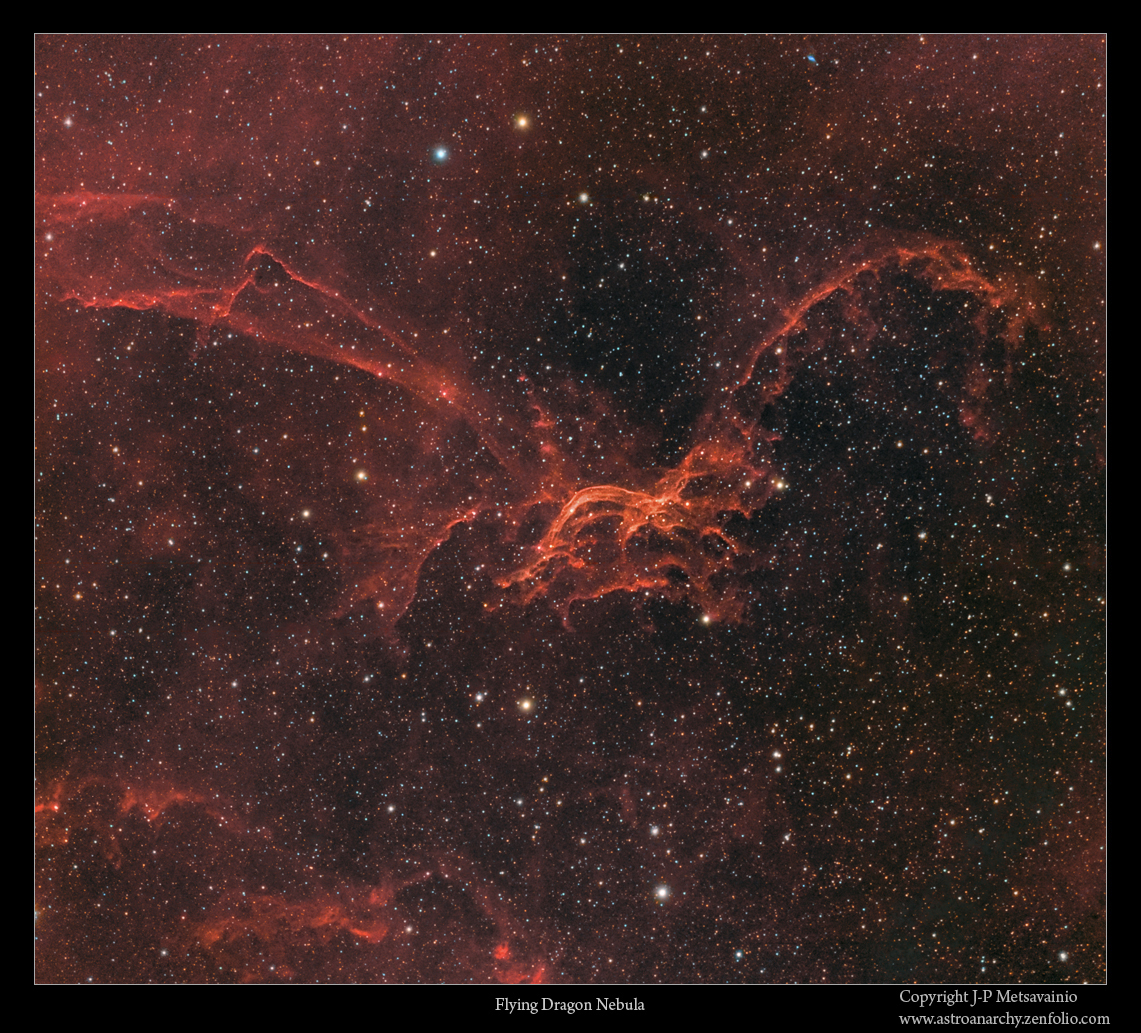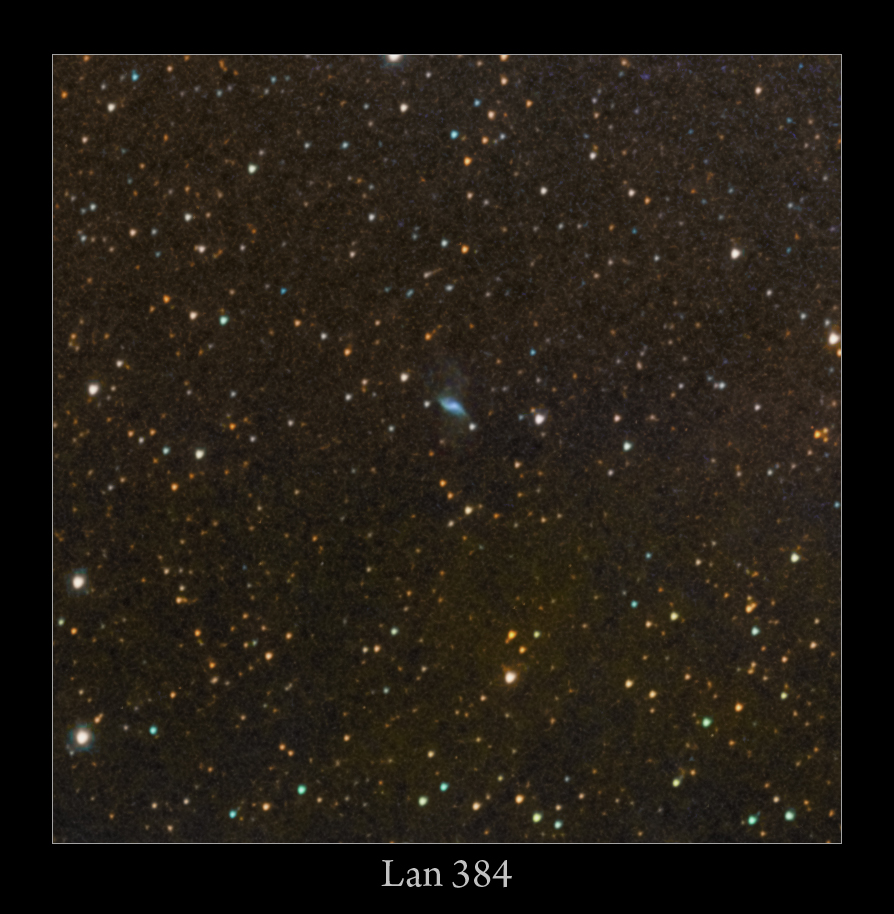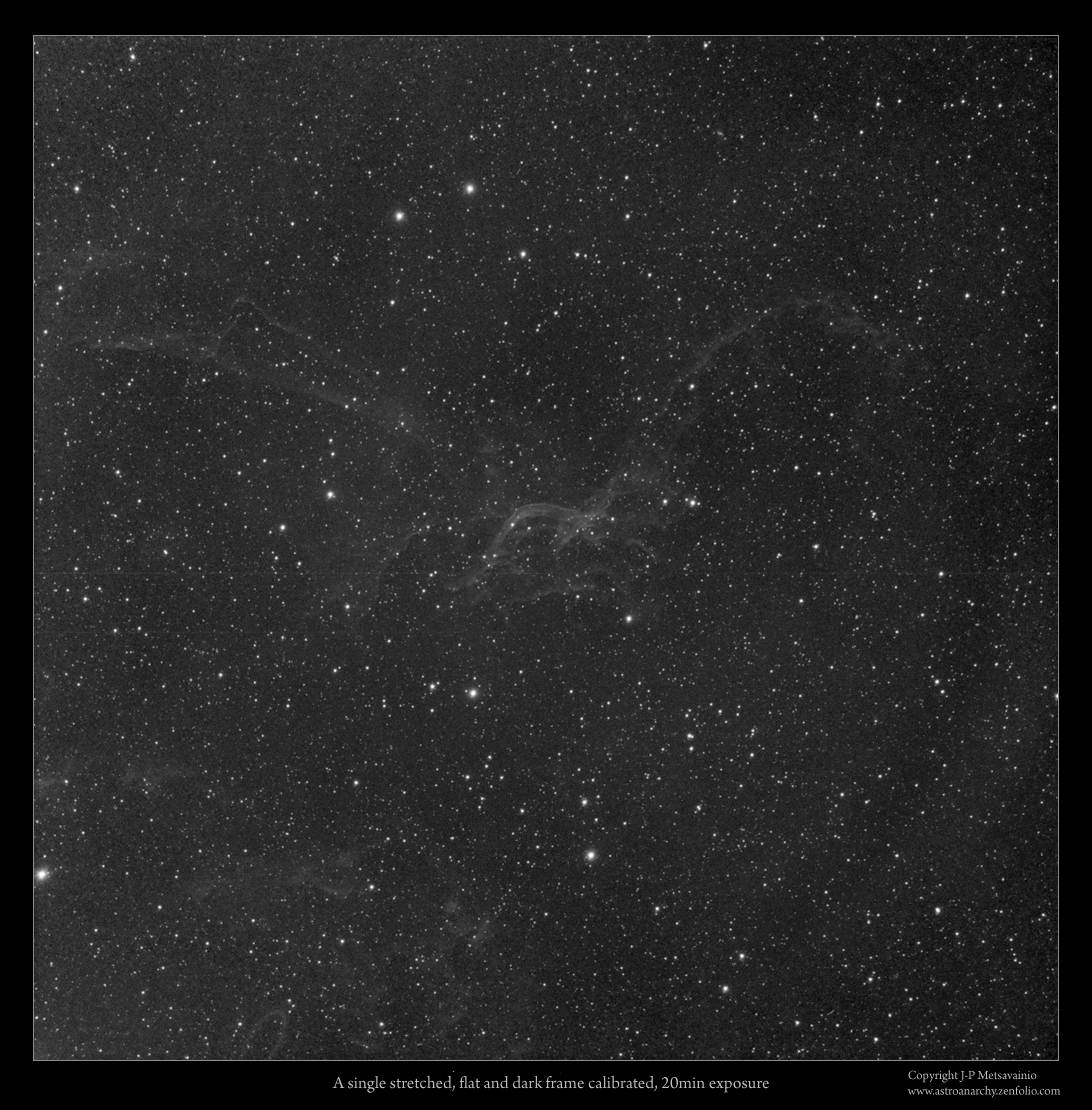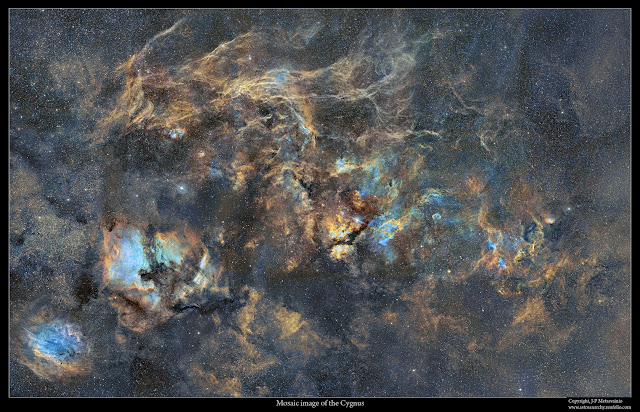COPYRIGHT, PLEASE NOTE
All the material on this website is copyrighted to J-P Metsavainio, if not otherwise stated. Any content on this website may not be reproduced without the author’s permission.
Have a visit in my portfolio
PORTFOLIO:https://astroanarchy.zenfolio.com/
Monday, December 14, 2015
Concert, thousand year old vocal music with astronomical photos
During last weekend I have had two concerts with two vocal ensemble Cappella pro Vocale from Oulu and Punctum from Rovaniemi. Thousand year old vocal music with my astronomical photos turned to be a timeless combination. This was my second production with Cappella pro Vocale, we did a similar Christmas concert in Oulu last year.
My imageshow was matched with music and it was projected on the walls and ceiling with four power projectors. Concert took place in two places, first one was in Oulu, Finland at the Church of St Thomas, the second one took place in Rovaniemi in Northern Finland at the Chapel of Korkalovaara.
Many thanks to Cappella pro Vocale, Punctum and all of the visitors!
Photos from two concert
Click for a large image
Concert in Rovaniemi, Chapel of Korkalovaara at Polar Circle (Image is taken during rehearsal)

Concert in my hometown Oulu at Church of St Thomas

Concert in my hometown Oulu at Church of St Thomas

Concert in Rovaniemi, Chapel of Korkalovaara at Polar Circle (Image is taken during rehearsal)

Concert in Rovaniemi, Chapel of Korkalovaara at Polar Circle (Image is taken during rehearsal)
Labels:
publications
Wednesday, December 9, 2015
Astro Anarchy gets published, Exhibition in Helsinki, Finland
Galleria Kajaste Bulevardi 32/Albertinkatu 30, 00120 Helsinki
Opening hours, wednesday - Thursday 13-19.00 and Saturday-Sunday 12-16.00
Monday and Tuesday closed
Art exhibition, PER ASPERA AD ASTRA
Astrophotographer J-P Metsavainio
Exhibition poster
Some Photos in exhibition
Museum quality art prints and very large aluminium prints
Labels:
publications
Saturday, December 5, 2015
Astro Anarchy gets published, art exhibition in Oulu
An art exhibition in Oulu, Finland. "Uusi Muoto" 1. - 23.12. Open every day 12 - 19.00, welcome!
Address: Torikatu 14, Oulu, Finland.
Lots of new artworks from all of us.
Pictures from the exhibition

Astrophotographer is cleaning the extra stardust out of the framed image of NGC 281.

Astrophotographer is cleaning the extra stardust out of the framed image of NGC 281.

Visitors

From left to right, Christelle Mas, J-P Metsavainio and Anni Arffman
Exhibition poster

Sample images from three artists

Anni Arffman, Christelle Mas and J-P Metsavainio
Labels:
publications
Saturday, November 14, 2015
IC 1936, a closeup
I have spent most nights at this Autumn season by shooting dim targets around Cygnus.
At night of 2. November I shot few frames from a brighter target, IC 1396, in Cepheus. Just one hour of H-alpha light and one 20 min frame for O-III and S-II before clouds rolled in. Just got the data processed and the photo turned to be kind of nice, so I'm publishing it here. This is a second photo out of IC 1396 at this Autumn. The first one from the Elephant's Trunk Nebula can be seen HERE.
At night of 2. November I shot few frames from a brighter target, IC 1396, in Cepheus. Just one hour of H-alpha light and one 20 min frame for O-III and S-II before clouds rolled in. Just got the data processed and the photo turned to be kind of nice, so I'm publishing it here. This is a second photo out of IC 1396 at this Autumn. The first one from the Elephant's Trunk Nebula can be seen HERE.
IC 1396
Click for a large image
Natural color composition from the emission of ionized elements.
IC 1396 in mapped colors
Click for a large image
Image in mapped colors from the light emitted by ionized elements.
Red=Sulfur, Green=Hydrogen and Blue=Oxygen.
Orientation in IC 1396
Click for a large image
More info about this image can be seen HERE.
Orientation in constellation Cepheus
Click for a large image (3000 pixels wide)
A ten panel mosaic image of Cepheus, exposure time 92h. More info about this image can be seen HERE.
Technical details
Processing work flow
Image acquisition, MaxiDL v5.07.
Stacked and calibrated in CCDStack2.
Deconvolution with a CCDStack2 Positive Constraint, 21 iterations, added at 25% weight
Color combine in PS CS3
Levels and curves in PS CS3.
Imaging optics
Celestron Edge HD 1100 @ f7 with 0,7 focal reducer for Edge HD 1100 telescope
Mount
10-micron 1000
Cameras and filters
Imaging camera Apogee Alta U16 and Apogee seven slot filter wheel
Guider camera, Lodestar x2 and SXV-AOL
Astrodon filter, 5nm H-alpha
Astrodon filter, 3nm O-III
Astrodon filter, 3nm S-II
Exposure times
H-alpha, 3 x 1200s = 1h
O-III, 1 x 1200s binned = 20min.
S-II, 1 x 1200s = 20min.
Total 1h 40min.
Labels:
Narrowband color images,
nebula
Thursday, November 12, 2015
Filaments of Cygnus, a new processing for natural colors
As usually, I reprocessed the two frame mosaic of Cygnus filaments. The color balance and stars are better now and more details are visible. This area in Western Cygnus is rarely imaged since it has a low surface brightness and more attractive targets are nearby.
Cygnus filaments in visual spectrum
Click for a large image
This palette is very close to a visual spectrum. Image in mapped colors can be seen HERE
Click for a high resolution image
A large mosaic of "Cirrus of Cygnus" 2012. More info HERE
An area left from the center is seen in longer focal length photo above.
Even larger mosaic of the Cygnus
Click for a much large image
Info about this image HERE
Overlaid with a Cartes Du Ciel screenshot.
Technical details
Technical details can be seen in this blog post,
http://www.astroanarchy.blogspot.fi/2015/10/filaments-of-cygnus-project-continues.html
Labels:
Narrowband color images,
nebula
Tuesday, November 10, 2015
More filaments of Cygnus and couple of planetary nebulae
I just got this photo processed. It's showing an area near the Propeller Nebula, I noticed this dim planetary nebula candidate, PN PM 1-320, back in 2011 while I was shooting the Propeller Nebula with my 300mm Tokina lens. At the same image field there is another planetary nebula too, PK 84+9.1
Filaments of Cygnus with couple of planetary nebulae
Click for a large image
Image in mapped colors from the light emitted by ionized elements. Red=Sulfur,
Green=Hydrogen and Blue=Oxygen. A large blueish spot at middle left is a PN PM 1-320.
A small pale red dot at upper right is a planetary nebula PK 84+9.1
Green=Hydrogen and Blue=Oxygen. A large blueish spot at middle left is a PN PM 1-320.
A small pale red dot at upper right is a planetary nebula PK 84+9.1
Click for a large image
It looks to me, that the PN PM 1-320 forms a bubble shaped shock front in the interstellar gas.
Closeup of the PN PM 1-320
Closeup of the PK 84+9.1
Wide field image of the area
A pale bluish area at upper right is the PK 84+9.1 This image was taken at Autumn 2011, original blog post can be seen here: http://astroanarchy.blogspot.fi/2011/10/first-light-for-autumn-season-2011.html
Technical details
Processing work flow
Image acquisition, MaxiDL v5.07.
Stacked and calibrated in CCDStack2.
Deconvolution with a CCDStack2 Positive Constraint, 21 iterations, added at 25% weight
Color combine in PS CS3
Levels and curves in PS CS3.
Imaging optics
Celestron Edge HD 1100 @ f7 with 0,7 focal reducer for Edge HD 1100 telescope
Mount
10-micron 1000
Cameras and filters
Imaging camera Apogee Alta U16 and Apogee seven slot filter wheel
Guider camera, Lodestar x2 and SXV-AOL
Astrodon filter, 5nm H-alpha
Astrodon filter, 3nm O-III
Astrodon filter, 3nm S-II
Exposure times
H-alpha, 9x 1200s = 3h
O-III, 6 x 1200s binned = 2h
S-II, from an older wide field photo = 1h
Total 6h
Labels:
Narrowband color images,
nebula
Monday, November 9, 2015
Filaments of Cygnus
There are lots of dim gas filaments at west side of the Cygnus nebula complex. I have spent this Autumn season by shooting them. Due to close proximity of brighter and more eye catching nebulae in Cygnus, this area is not very commonly imaged.
Filaments of Cygnus
Click for a large imageNatural color composition from the emission of ionized elements.
Filaments of Cygnus in HST-mapped colors
Click for a large image
Image in mapped colors from the light emitted by ionized elements.
Red=Sulfur, Green=Hydrogen and Blue=Oxygen.
An experimental starless version
Click for a large imageAn experimental starless version
The actual nebula is easier to observe in this starless photo
A closeup
Interesting shapes in the nebula, they must be some kind of shock fronts
Orientation in the constellation Cygnus
Click for a large image
The area of interest is marked as a white rectangle in this 18-panels narrow band mosaic of the Cygnus.
Technical details
Processing work flow
Image acquisition, MaxiDL v5.07.
Stacked and calibrated in CCDStack2.
Deconvolution with a CCDStack2 Positive Constraint, 21 iterations, added at 25% weight
Color combine in PS CS3
Levels and curves in PS CS3.
Imaging optics
Celestron Edge HD 1100 @ f7 with 0,7 focal reducer for Edge HD 1100 telescope
Mount
10-micron 1000
Cameras and filters
Imaging camera Apogee Alta U16 and Apogee seven slot filter wheel
Guider camera, Lodestar x2 and SXV-AOL
Astrodon filter, 5nm H-alpha
Astrodon filter, 3nm O-III
Astrodon filter, 3nm S-II
Exposure times
H-alpha, 15 x 1200s = 5h.
O-III, 6 x 1200s binned = 2h
S-II, 6 x 1200s binned = 2h
Total 9h
Labels:
Narrowband color images,
nebula
Sunday, November 8, 2015
Sharpless 114, Sh2-114, the Flying Dragon Nebula
I have spent this Autumn season by shooting rarely imaged dimmer targets around Cygnus. So far I have stayed at Western parts of Cygnus nebula complex. This time I picked a target form the Eastern side, Sh2-114, the Flying Dragon Nebula. There are very few images out of this dim nebula.
This is a preliminary processing, I will shoot more exposures for this, whenever weather up here allows me to do so.
Sharpless-114, the Flying Dragon Nebula
Click for a large image
Click for a large image
The actual nebula is easier to observe in this starless version. At center left, there is an odd looking corkscrew like formation of glowing hydrogen and sulfur pointing upwards left. The pale bluish dot at top right is a bipolar planetary nebula Lan 384 or currently known as Kn 26.
Image in visual spectrum
Click for a large image
Natural color composition from the emission of ionized elements.
INFO
Sh2-114 is a complex and unusual HII emission nebula. Its complex, wispy structure is likely the result of winds from hot, massive stars interacting with the magnetic fields in the interstellar medium. But very little is known about it. (Source, https://www.noao.edu/image_gallery/html/im1112.html)
There is a planetary nebula at the same field of view, Lan 384 (Kn 26)
Using existing digital sky surveys, Jacoby et al. (2010) presented Kn 26, a bipolar PN candidate known for a long time as the emission line source Lan 384. Here we present high spatial-resolution optical and near-IR narrow-band images of this nebula, high-dispersion long-slit echelle spectra, and low-resolution spectroscopy. The new data confirm the PN nature of Kn 26 and reveal features typical of bipolar PNe: butterfly morphology, H2 emission, and nitrogen enrichment. A detailed analysis of the morphology and kinematics, however, suggests the possible presence of two pairs of bipolar lobes that would make Kn 26 a new member of the class of quadrupolar PN. (Source, http://www.iac.es/congreso/iaus283/pages/meeting/view-abstract.php?aid=138)
Lan 384 closeup
Info from Simbad database, http://simbad.u-strasbg.fr/simbad/sim-id?Ident=Lan+384
Some latest info confirms this a s bipolar planetary nebula, http://www.iac.es/congreso/iaus283/pages/meeting/view-abstract.php?aid=138
Technical details
Processing work flow
Image acquisition, MaxiDL v5.07.
Stacked and calibrated in CCDStack2.
Deconvolution with a CCDStack2 Positive Constraint, 21 iterations, added at 25% weight
Color combine in PS CS3
Levels and curves in PS CS3.
Imaging optics
Celestron Edge HD 1100 @ f7 with 0,7 focal reducer for Edge HD 1100 telescope
Mount
10-micron 1000
Cameras and filters
Imaging camera Apogee Alta U16 and Apogee seven slot filter wheel
Guider camera, Lodestar x2 and SXV-AOL
Astrodon filter, 5nm H-alpha
Astrodon filter, 3nm O-III
Astrodon filter, 3nm S-II
Exposure times
H-alpha, 9x 1200s = 3h
O-III, 3 x 1200s binned = 1h
S-II, 3 x 1200s binned = 1h
Total 5h
A single uncropped, calibrated and stretched 20 min. H-alpha frame as it comes from the camera
Labels:
Narrowband color images,
nebula
Saturday, October 31, 2015
Filaments of the Western Cygnus
I have spent some clear nights by shooting dim gas structures in Western part of the nebula rich constellation Cygnus. This area of Cygnus is not commonly imaged due to low surface brightness and close proximity of more eye catching nebulae. My previous project of Western Cygnus can be seen in this blog post.
This time I shot a formation around the magnitude 3,96 star, OMI02 Cygni. It can be seen as a most brightest star at middle right. This is a two frame mosaic image.
Filaments of Cygnus
Please, click for a large image
Filaments of glowing gas around the star OMI02 Cygni. Image is in mapped colors from the light emitted by the ionized elements. Red=Sulfur, Green=Hydrogen and Blue=Oxygen.
Filaments of glowing gas around the star OMI02 Cygni. Image is in mapped colors from the light emitted by the ionized elements. Red=Sulfur, Green=Hydrogen and Blue=Oxygen.
An experimental starless version
Please, click for a large image
In this starless version the gas filaments can be seen better. (I let a one star for a compositional reasons.)
Image in visual spectrum
Please, click for a large image
Natural color composition from the emission of ionized elements.
Natural color composition from the emission of ionized elements.
This palette is very close to a visual spectrum.
Images in this post are a small part of the Cygnus nebula complex
Please, click for a large image, 2200 x 1400 4,2MB
Technical details
Processing work flow
Image acquisition, MaxiDL v5.07.
Stacked and calibrated in CCDStack2.
Deconvolution with a CCDStack2 Positive Constraint, 21 iterations, added at 25% weight
Color combine in PS CS3
Levels and curves in PS CS3.
Imaging optics
Celestron Edge HD 1100 @ f7 with 0,7 focal reducer for Edge HD 1100 telescope
Canon EF 200mm f1.8 lens
Mount
10-micron 1000
Cameras and filters
Imaging camera Apogee Alta U16 and Apogee seven slot filter wheel
Guider camera, Lodestar x2 and SXV-AOL
QHY9 for S-II and O-III emsissions
Astrodon filter, 5nm H-alpha
Baader O-III
Baader S-II
Exposure times
H-alpha, 24 x 1200s = 8h
O-III, 8 x 600s = 1h 20min.
S-II, 8 x 600s = 1h 20min.
Total 10h
Labels:
Narrowband color images,
nebula
Subscribe to:
Posts (Atom)








